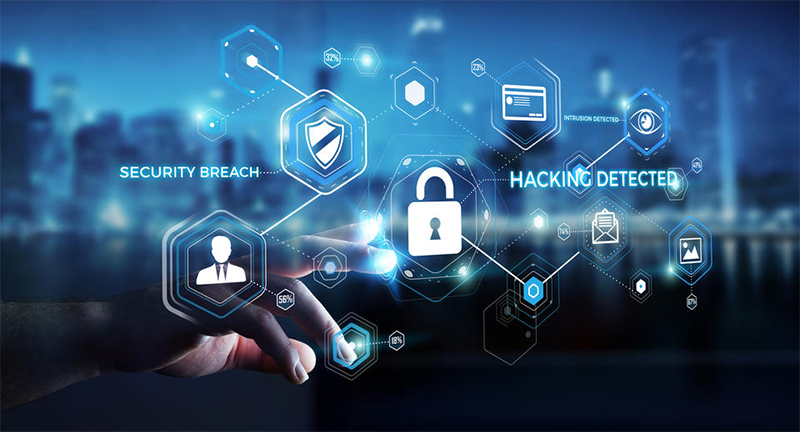Keys to Understanding How a Ransomware Attack Could Affect Your Organization
Today’s discussion of ransomware attacks quickly became intimidating for the business world. As news headlines now read phrases like, “ransomware gangs create cybercrime cartels,” and we see more information about small businesses, even school districts, falling under attack, it’s easy to think that a ransomware attack is inevitably in your future.
While experts at Trace3 are suspecting we’ve likely not seen the worst of ransomware attacks yet, they also signal that not all hope is lost. There are a lot of options you can take to batten down more hatches and possibly prevent an attack. No matter where you are in securing your system and data, it’s crucial to revisit your security setup and understand your data first.
If you’re not sure where you are in your security setup, or you don’t know what data is most important to you, here are some tasks you can do and questions you can ask to assess how your organization could be affected by an attack.
When examining your data, look critically at your organization’s true cost of data loss or leakage. Know there are explicit costs like fines and paying credit monitoring fees for customers, but don’t forget about the implicit costs you could incur, too, like damages to your reputation and brand.
Your data has a lifecycle, and you can trace all of it from input from a user or automated system, through various technical systems, and back to a user. So be sure to hone in on these additional areas while you’re inspecting the ins and outs of your data:
Image Credit: Shutterstock/Sdecoret Courtesy: https://nist.gov
While experts at Trace3 are suspecting we’ve likely not seen the worst of ransomware attacks yet, they also signal that not all hope is lost. There are a lot of options you can take to batten down more hatches and possibly prevent an attack. No matter where you are in securing your system and data, it’s crucial to revisit your security setup and understand your data first.
If you’re not sure where you are in your security setup, or you don’t know what data is most important to you, here are some tasks you can do and questions you can ask to assess how your organization could be affected by an attack.
Understanding Your Current Security Setup
Perform a NIST assessment, and you’ll be well on your way to understanding what risks you face with your current security measures. You can think of this assessment as a means of benchmarking your security controls to best practices. The process of performing this self-assessment can get intricate, but there are four main categories where you can segment your focus:- Assessment preparation
- Conduct assessment
- Share findings
- Assessment maintenance
Understanding Your Data
Trace3 experts have identified Data Loss Prevention as one of our clients top three initiatives this year, behind SASE and endpoint security. Before thinking about what might happen if your data is suddenly encrypted and held for ransom, consider what data is important to your organization and why that is the case.When examining your data, look critically at your organization’s true cost of data loss or leakage. Know there are explicit costs like fines and paying credit monitoring fees for customers, but don’t forget about the implicit costs you could incur, too, like damages to your reputation and brand.
Your data has a lifecycle, and you can trace all of it from input from a user or automated system, through various technical systems, and back to a user. So be sure to hone in on these additional areas while you’re inspecting the ins and outs of your data:
- Where does your data live short-term? What about Long-term?
- Who is your audience for your data? Internal, public, partners, etc.
- How long does your data need to be kept?
- What data/activity does your business "allow” for? Should everything else be "blocked?”
- Consider restricting access to sensitive information on a “need to know” basis.
Image Credit: Shutterstock/Sdecoret Courtesy: https://nist.gov
Tags:
Security

